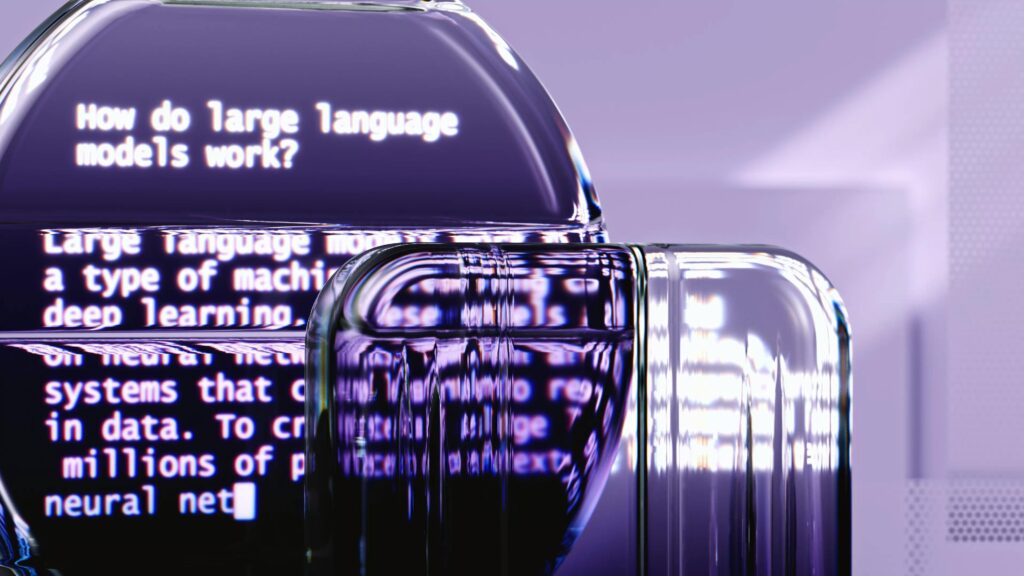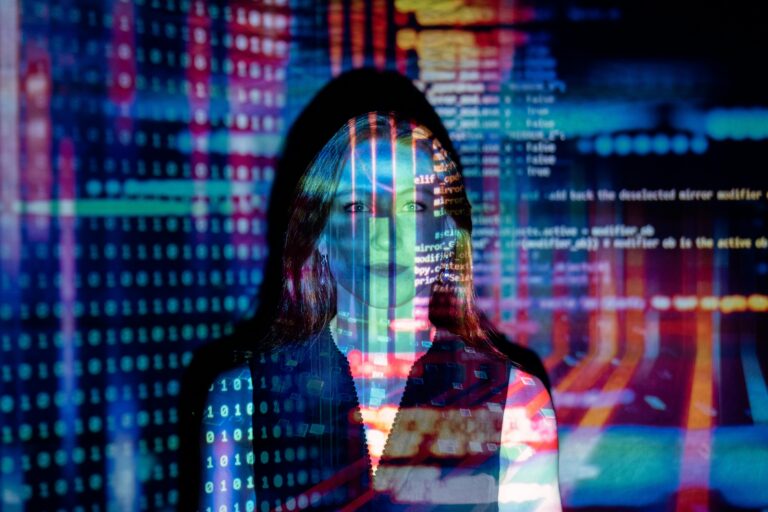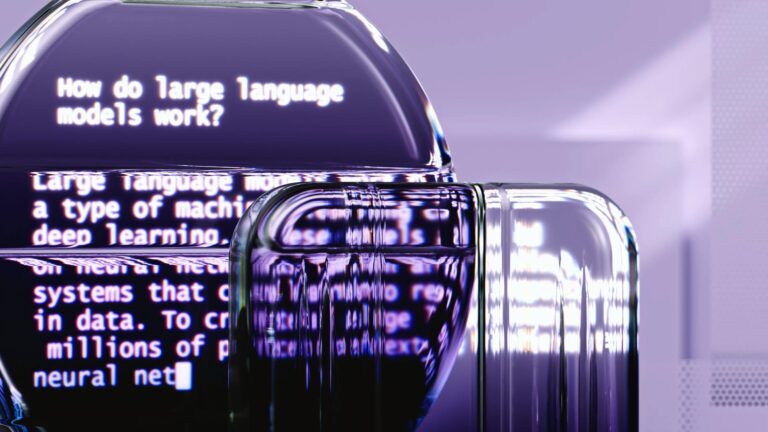
The Generative AI Revolution: Transforming Industries and Inspiring Innovation
Introduction: The Dawn of Creative Machines
Artificial intelligence has moved beyond mere automation and analysis. A fascinating branch, known as generative AI, is now taking center stage. This technology empowers machines to create original content – text, images, audio, code, and more – by learning patterns from vast datasets. The implications are profound, promising to reshape industries and redefine the boundaries of creativity.
Understanding Generative AI: Key Concepts
At its core, generative AI utilizes sophisticated machine learning models to understand the underlying structure and nuances of the data it’s trained on. This allows it to produce novel outputs that share similar characteristics. Here are some key aspects:
- Learning from Data: Generative models learn the probability distributions of data points, enabling them to sample and create new, similar data.
- Different Model Architectures: Various architectures like Generative Adversarial Networks (GANs), Variational Autoencoders (VAEs), and Transformer models power different types of generative AI applications.
- Applications Across Modalities: From crafting realistic images and composing music to generating human-like text and designing functional code, the versatility of generative AI is remarkable.
The Impact Across Industries
Generative AI is no longer a futuristic concept; it’s actively being deployed across numerous sectors:
- Art and Design: Creating unique artwork, designing products, and generating visual content for marketing.
- Content Creation: Assisting in writing articles, scripts, and marketing copy, as well as generating synthetic media.
- Software Development: Automating code generation, assisting with debugging, and even designing user interfaces.
- Healthcare and Pharmaceuticals: Accelerating drug discovery by designing novel molecules and aiding in medical imaging analysis.
- Manufacturing: Optimizing product designs, simulating material properties, and even creating personalized products.
Benefits of Embracing Generative AI
Adopting generative AI technologies can offer significant advantages:
- Increased Efficiency: Automating time-consuming creative tasks, freeing up human professionals for more strategic work.
- Enhanced Creativity: Providing new tools and inspiration for human creators, pushing the boundaries of artistic expression.
- Personalization at Scale: Generating tailored content and experiences for individual users.
- Faster Prototyping: Quickly creating and iterating on designs and concepts.
- New Possibilities: Unlocking solutions and creating entirely new products and services that were previously unimaginable.
Frequently Asked Questions (FAQs)
What exactly is generative AI?
Generative AI is a type of artificial intelligence focused on creating new, original content such as text, images, audio, and even code. It learns the patterns and structures from existing data and then uses that knowledge to generate novel outputs that resemble the training data.
In what industries is generative AI currently being used?
Generative AI is finding applications across a wide range of industries, including art and design (creating images and music), content creation (writing articles and scripts), software development (generating code), drug discovery (designing new molecules), and manufacturing (optimizing designs).
What are some of the key benefits of using generative AI?
Key benefits include increased efficiency and automation of creative tasks, the ability to personalize content at scale, faster prototyping and development cycles, and the potential to unlock entirely new forms of creative expression and problem-solving.
Are there any ethical concerns associated with generative AI?
Yes, ethical concerns surrounding generative AI include the potential for misuse in creating deepfakes and misinformation, copyright and intellectual property issues related to AI-generated content, and the impact on employment in creative fields. Responsible development and deployment are crucial.
What does the future hold for generative AI?
The future of generative AI is incredibly promising. We can expect even more sophisticated models capable of generating increasingly complex and realistic content. Integration with other technologies and wider adoption across industries will likely lead to transformative innovations and new possibilities we can only begin to imagine.
Conclusion: Embracing the Generative Future
Generative AI represents a significant leap forward in artificial intelligence, offering powerful tools for creativity, innovation, and efficiency. As the technology continues to evolve, understanding its potential and navigating its challenges will be crucial for individuals and organizations alike. The generative revolution is here, and its impact will only continue to grow.
Explore More AI Innovations



